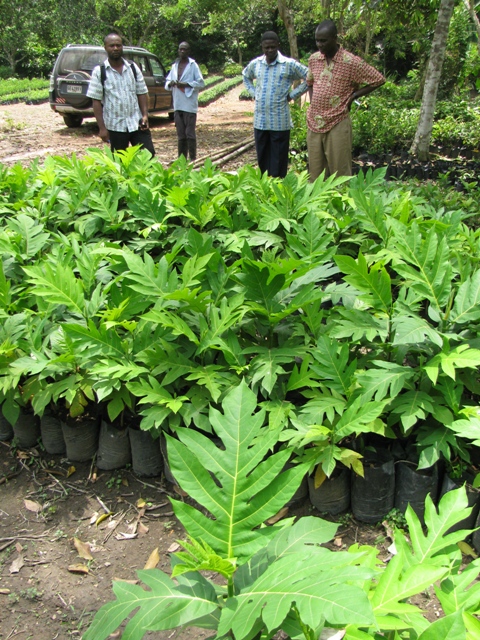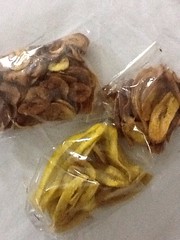I did not see anything in the Ghanaian media during my time there last week about the recent introduction of two breadfruit varieties to the country, though it has made the Samoan media recently (as well as late last year). But I did see the seedlings in the Bunso nursery of the Council for Scientific and Industrial Research. And very nice they looked too, ready for distribution to interested farmers to supplement the limited diversity they currently manage. Huge potential in this crop.

